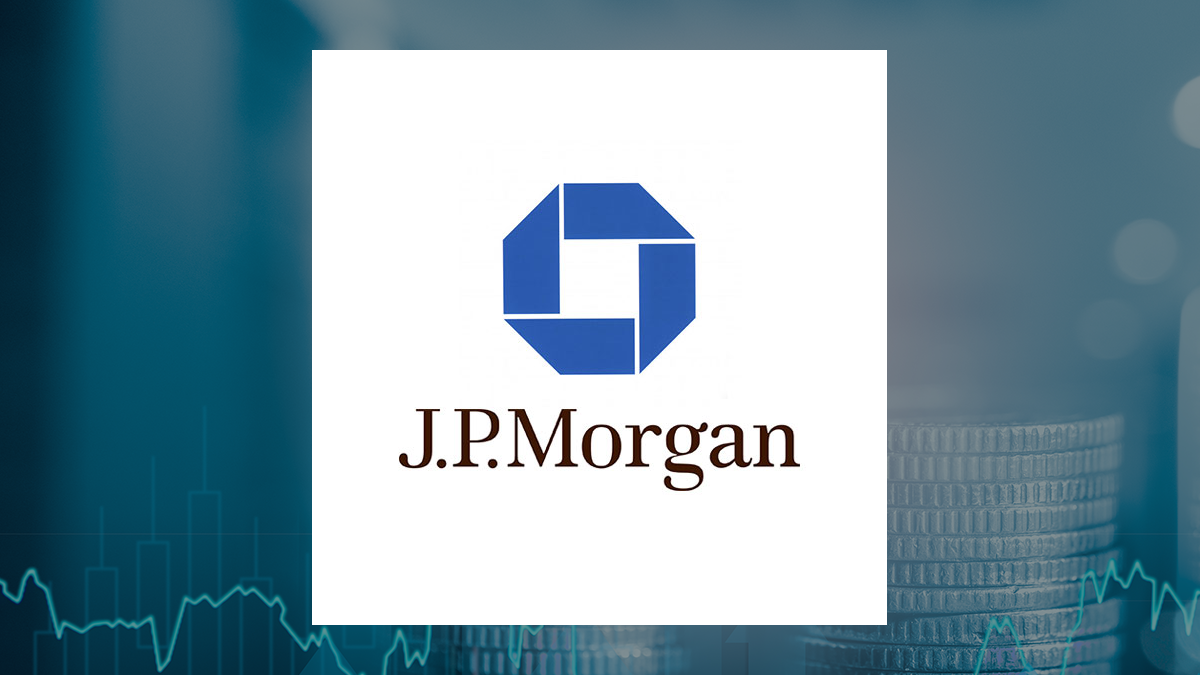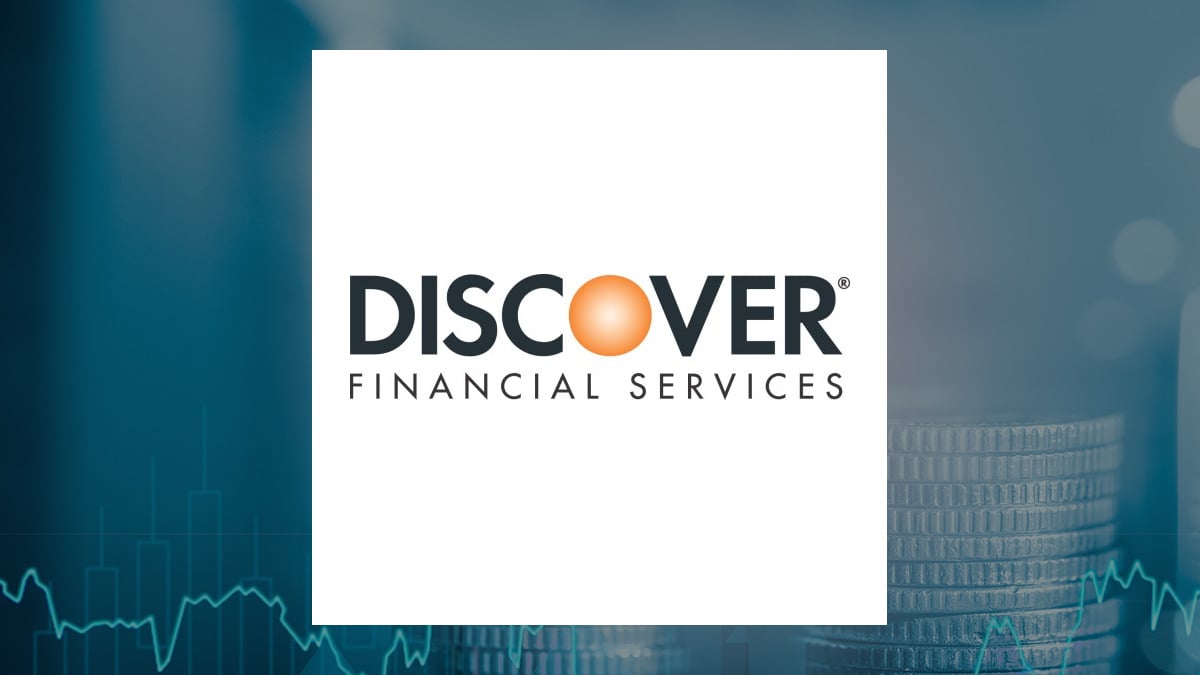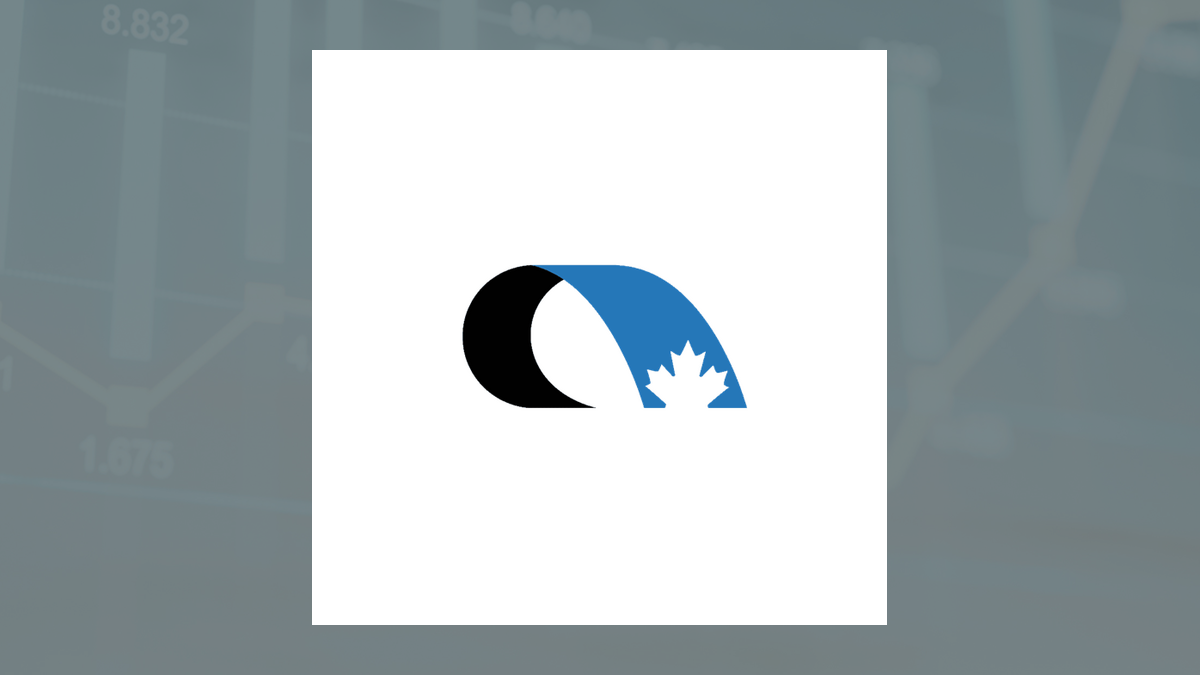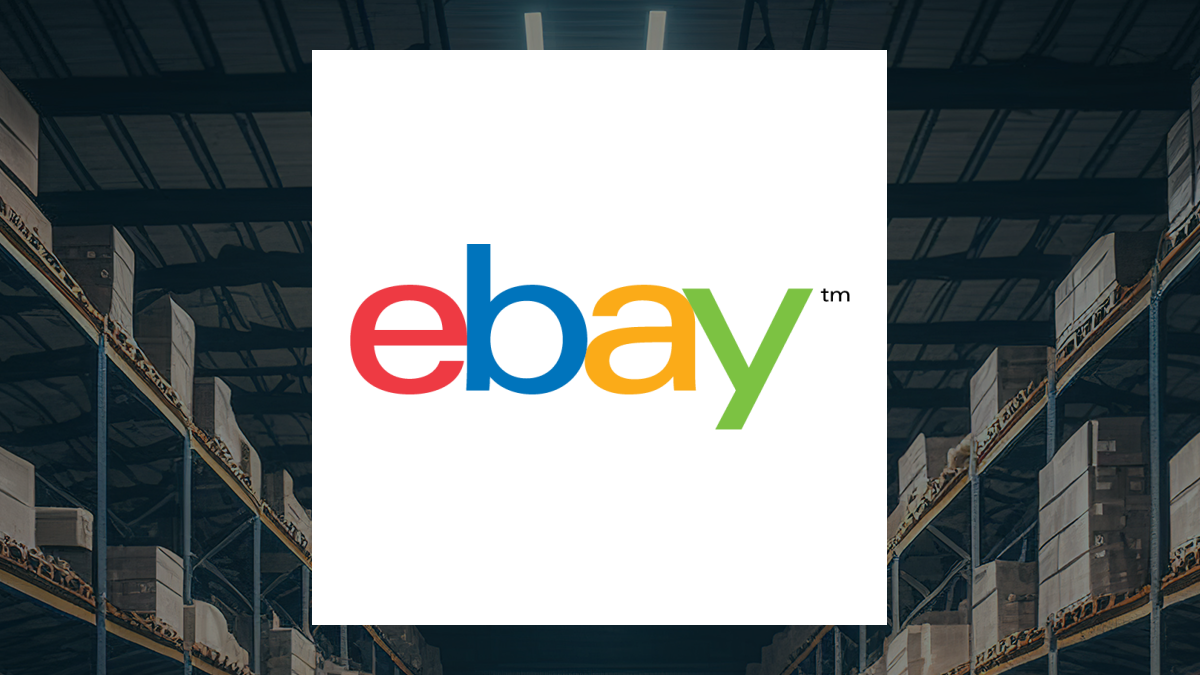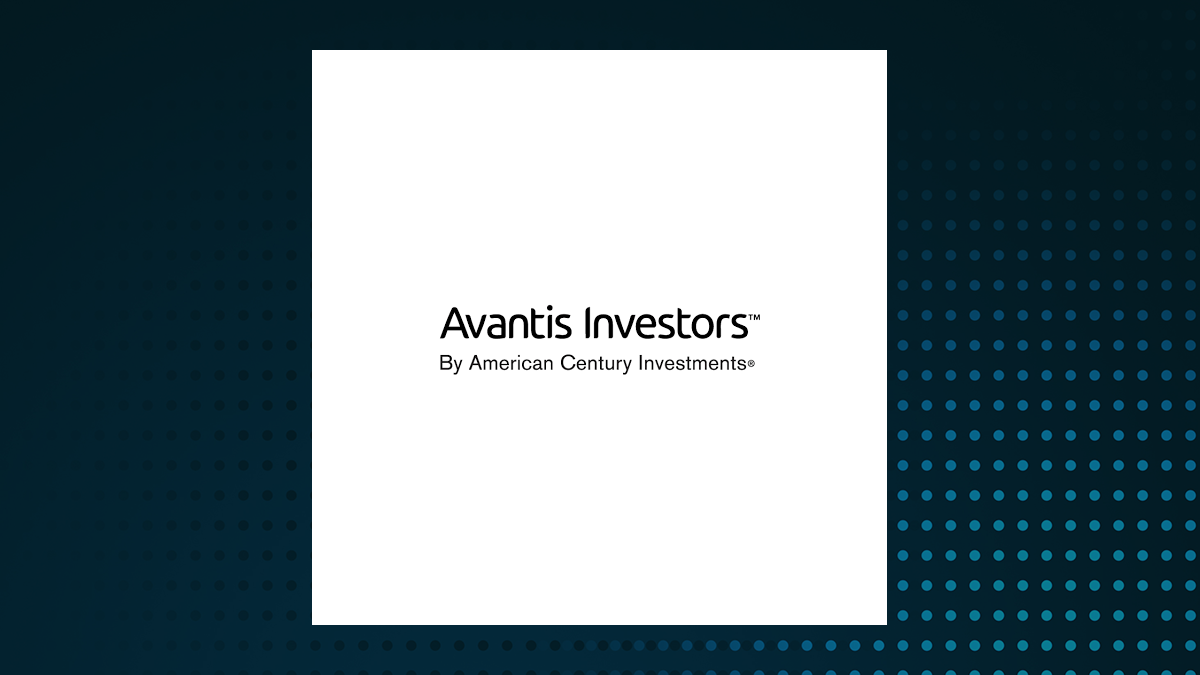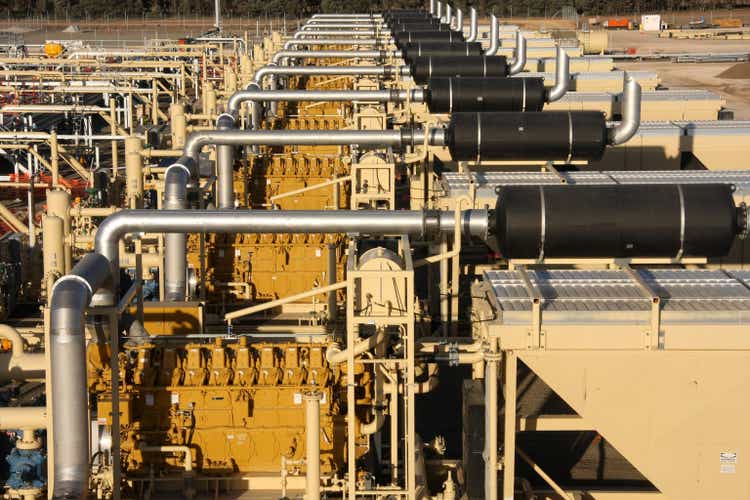
Photoservice/iStock via Getty Images Thesis USA Compression Partners ( NYSE: USAC ) continued its steady and predictable pace in Q2, with a minor sequential increase in EBITDA over Q1. This enabled the company to maintain its long track record of $0.525/unit quarterly distributions, good for a 9.
3% yield at current prices. The yield has improved moderately since my last analysis as a result of a 6% price decline since mid-May. While the business trajectory is steady, indications are emerging of stalling growth.

USAC has committed to a cost-effective growth strategy by overhauling and redeploying idle compressor units to facilitate growth amid a constrained supply chain for compressor components. Now that utilization has exceeded 95%, opportunities for growth appear limited. I continue to rate USAC as HOLD due to its taxed advantaged yield that nearly matches the historical S&P500 average return.
However, there are other investment options that have both higher levels of total return and comparable yields. Q2 Performance Q2 was unremarkable, but consistent sequentially. USAC reported low single digit improvements in both revenue and EBITDA.
This was driven by a 1% increase in total in-service horsepower, as well as a slight improvement in revenue per in-service horsepower. USAC Investor Presentation USAC's current growth strategy centers around deploying idle compressor units. These units can be refurbished and redeployed in a more capital efficient manner than purchasing new compressor components.
This also allows for faster deployment as the lead time for new compressor units remains in the range of 10-12 months. However, as I detailed in my last analysis , the depth of this strategy is limited. USAC's fleet has reached 95% utilization, significantly improved from the 2021 lows of roughly 80%.
This utilization is fairly consistent across the industry, indicating little excess supply. Unfortunately, despite the consistent narrative from management that the compression market is tight for available units, USAC has been unable to translate this into higher margins for the company. Since 2022, adjusted EBITDA margin has remained flat.
USAC Investor Presentation With 99% of its large horsepower fleet currently in service , the bulk of the remaining idle capacity is in the form of small horsepower units. This has resulted in diminishing revenue growth as the higher margin units have essentially been exhausted. I expect this trend of stalling growth to continue as the company consumes its remaining supply of equipment.
The company's chief operating officer expects this to happen in less than one year's time. Eric Scheller - USAC Chief Operating Officer - Q2 Conference Call But I think between what we have on the ground and what we have in inventory that we could redeploy for package, we have adequate supply to continue forward here for the next two quarters, three quarters . Sequential Revenue Growth (USAC Investor Presentation) The Planned Trajectory To boil it down to three words, the plan would be to "maintain status quo".
In the near term the company has been very clear it has no intentions to commit to any significant capital decisions until the November elections conclude. The company believes there is tangible business risk should Kamala Harris win the upcoming election. Even in the longer term, the company doesn't have anything exciting planned.
The company plans to strengthen the balance sheet prior to discussing any changes to its distribution policy. With $1.5 billion in debt due in 2026 and 2027, this looks to be a multiyear project.
Capital discipline will be required given the current state of the company's cash flows. Until recently, the company has been spending nearly all of its operating income on capital expenses. This does not include interest expenses nor distributions to unit holders.
As a result, the company's total debt has slowly grown over the last several years. Data by YCharts Data by YCharts Therefore, to reverse this trend and preserve the distribution, capital expenses will have to be significantly reduced. By default, this will make growth difficult to achieve but will help ensure the company will meet its unstated goal of maintain the "status quo".
USAC's Total Performance In Comparison To Midstream Alternatives USAC's business model is a niche sector of the midstream sector. Its main competitors are Archrock ( AROC ) and Kodiak Gas Services ( KGS ). Both of these companies are very comparable in terms of market cap and overall compression capacity.
While neither of these companies has comparable yields, they have better underlying fundamentals and are continuing to aggressively invest in their fleets. From a total return's perspective, we can see that USAC's total return is derived from its yield and significantly underperformed both KGS and AROC. Seeking Alpha's Stock Comparison Tool To expand my pool of potential investment options, I also compared USAC to the smaller market cap midstream companies which are also potential customer of USAC.
These companies have a market cap in the range of $7B-$8B, compared to $2.6B for USAC. Here, we see a similar result, with all three outperforming USAC.
Seeking Alpha's Stock Comparison Tool While none of the investment options presented here have a yield that matches USAC, there are certainly solid yields to select from, ranging between 3.4% and 6.7%.
With the exception of ENLC (the second-lowest performer noted here), all of the other investment options have some underlying growth aspects that are driving share price appreciation. This is something that USAC is missing and clearly the cause of its underperformance compared to other investments. Over the last 10 years, USAC has logged a net negative in terms of price appreciation.
In comparison to the S&P 500's performance over the same period, the difference is night and day. Data by YCharts Why Rate USAC A Hold? As many will point out, total returns tell the whole story for dividend stocks. While its price performance certainly has lagged many equities, the yield provides equivalent performance to the S&P 500.
The returns are simply manifested in a different way. USAC's returns are also taxed advantaged by being structured as a partnership and issuing a K-1 form. This gives its total returns a moderate boost that is not reflected in the chart below.
Data by YCharts In addition, I am surprised that the lack of supply for compressor equipment has not manifested itself in margin expansion for USAC. Given long-term forecasts for robust natural gas demand, investors may see a break from historical patterns in this area. The same equipment that is deployed by USAC is also utilized to provide backup power to data centers.
With lead times approaching a full year, supply chains appear to be ill-equipped to handle the coming demand. When supply out runs demand, investors should expect to see margin expansion. This effect may not show itself until the industry approaches 100% utilization, but eventually, something has to give.
If USAC can rationalize margin expansion, it has an opportunity to grow and improve its balance sheet without meaningful capital expense. Risks My biggest concern with USAC is management of its debt levels. It needs to get to positive free cash flow after the distribution and debt payments.
If this is not done, the company will continue to accrue debt and potentially challenge its credit rating. This same scenario was encountered by USAC's parent company Energy Transfer ( ET ) several years ago, requiring a temporary distribution cut. Without any margin expansion, I believe there is a legitimate probability of this same outcome if spending is not significantly curtailed in the next several years.
Investor Key Takeaways 1. USAC is in the late innings of its growth strategy to deploy unallocated compression equipment as the natural gas pipeline sector continues to expand. 2.
Debt levels for the company will continue to rise until the company achieves positive FCF after paying the distribution. 3. Several comparable investment options have a significantly better return history with moderate yields.
4. USAC has been able to maintain total returns on pace with the S&P500 through distributions versus capital appreciation. Issuing a K-1 form also entitles investors to tax benefits.
5. USAC needs to realize margin expansion to return to positive FCF following the distribution to reduce its total debt levels. Analyst’s Disclosure: I/we have no stock, option or similar derivative position in any of the companies mentioned, and no plans to initiate any such positions within the next 72 hours.
I wrote this article myself, and it expresses my own opinions. I am not receiving compensation for it (other than from Seeking Alpha). I have no business relationship with any company whose stock is mentioned in this article.
Seeking Alpha's Disclosure: Past performance is no guarantee of future results. No recommendation or advice is being given as to whether any investment is suitable for a particular investor. Any views or opinions expressed above may not reflect those of Seeking Alpha as a whole.
Seeking Alpha is not a licensed securities dealer, broker or US investment adviser or investment bank. Our analysts are third party authors that include both professional investors and individual investors who may not be licensed or certified by any institute or regulatory body..










